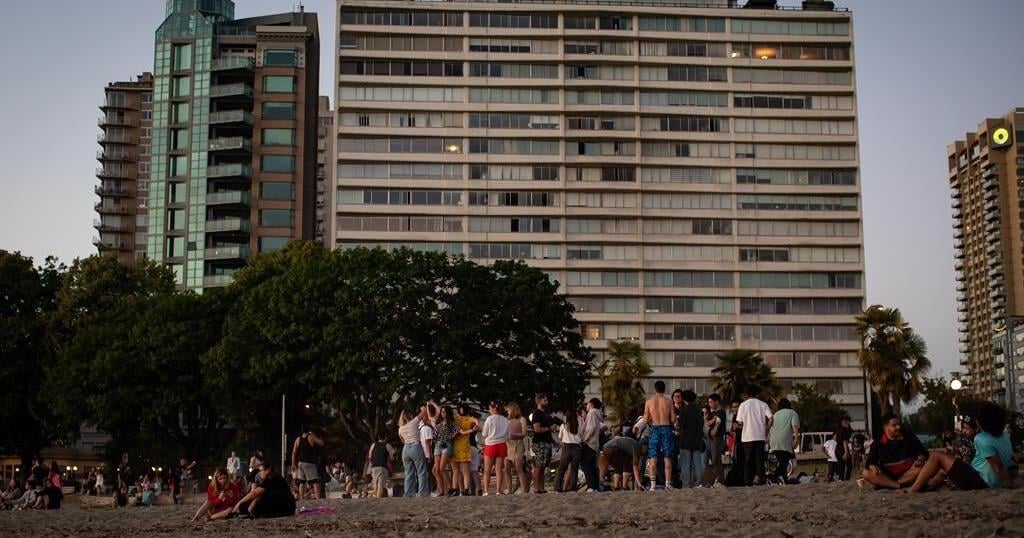VANCOUVER – A study of British Columbia’s deadly heat dome in 2021 says the risk factor most strongly associated with dying during those sweltering days was whether that person was receiving income assistance.
The paper, by researchers at the B.C. Centre for Disease Control and published in Environment Research: Health, compared those who died with similar people who survived, focusing on health conditions and socioeconomic status.
A 2022 B.C. coroner’s report said 619 deaths were attributed to the heat event, and the latest research says the prevalence of low income was 2.4 times higher among the people who died compared with those who survived.
Temperatures soared for several days across much of British Columbia in late June 2021, reaching temperatures into the high 40s in some areas, while overnight temperatures remained uncharacteristically high.
This study calls the 2021 heat dome “one of the deadliest weather events in Canadian history.”
Researchers found health conditions most strongly associated with death during the heat dome were schizophrenia, COPD, Parkinson’s disease, heart failure, chronic kidney disease, ischemic stroke, and substance use disorder.
“Susceptibility to extreme heat is not determined by any single factor, but rather depends on the confluence of overlapping factors,” the study released this week says.
“For example, higher social vulnerability is associated with several risk factors for (extreme heat event) mortality, including a higher prevalence of chronic diseases, poorer overall health, lower access to air conditioning, and features of the built environment that promote higher local temperatures such as lower green space and more paved surfaces.”
A panel report commissioned by the province’s chief coroner found that most of those who died were older adults with compromised health due to multiple chronic diseases and who lived alone.
This report by The Canadian Press was first published July 25, 2024.
